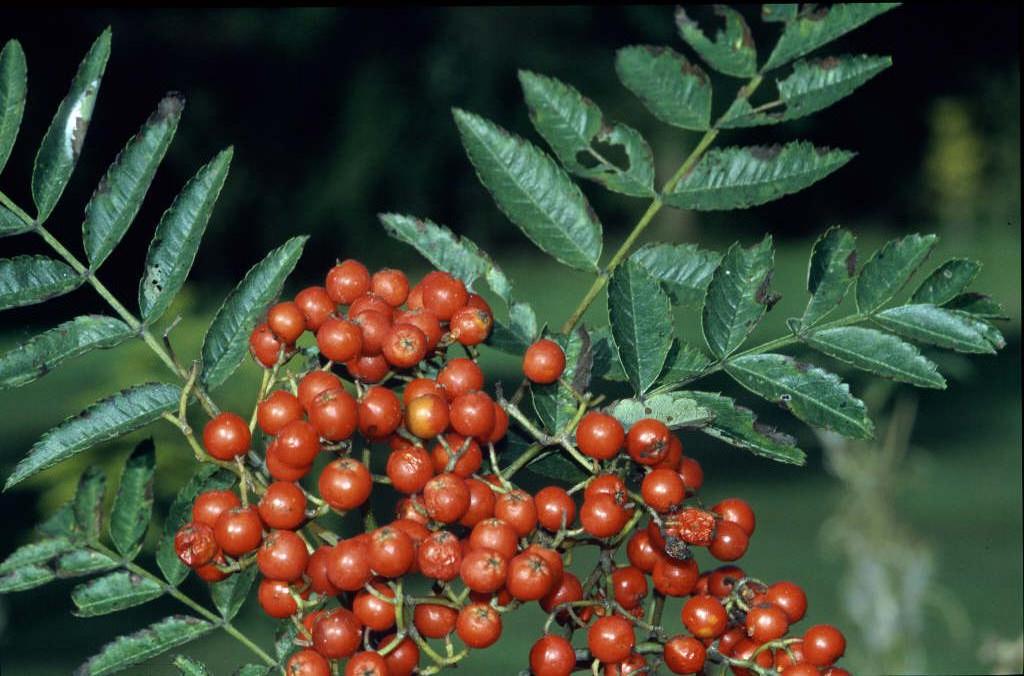 |
| Favourite spot on the planet. Deck chair looking across the plot |
|
I've just looked at the date on the last blog post and can't believe it was last summer. A bereavement in the family and various other developments have kept me away. Now I'm back with this piece of land that is so very close to my heart.
And we, this piece of land and I, have known each other for
five years now. I took the plot on in summer 2006. It was completely derelict, the brambles I dug out of it were as thick as your thigh. I also removed around a hundred bags of debris and broken glass from the plot-and-a-half.
The soil was thick, heavy clay to start off with and very dense. After round about two hundred bags of rabbit manure, compost, wood chip and similar - the soil is now a joy. And it is a wholly organic plot.
Traditional job for January is cutting the raspberry canes down to the ground. Decided to weed them as well and add more organic matter in the shape of five bags of not-yet-rotted leaf mould. The barrow is a very light, handy, fold up effort which I bought at Lakeland. It doesn't take up much space in the shed but it is not suitable for heavy weight material.
The raised bed you can see in the background of the above picture is the asparagus bed. We should have our first full crop this year. Asparagus and poached egg is the favourite there.
As followers of this blog will know, I follow the no-dig method of organic gardening influenced by Charles Dowding. Raspberries grow in woodland areas so I guess I've tried to re-create that. They are also, as Bob Flowerdew puts it - nutritious fast food for children so it is worth looking after your patch. I don't intend to do much else with the raspberries though during the year apart from today's shift.

This garlic is not doing too badly. On the whole I try to work with the weather as far as possible to cut down on work (work smart not hard is my motto on the plot).
In the picture below you can see the Avalon Pride peach tree I planted four years ago. The year before last we had over sixty peaches from it (and everyone said you couldn't grow peaches in the North West). As you will know, it was a dream of mine fulfilled.I pruned the tree too hard last year and didn't get anything, but after that huge crop the previous year I figured maybe it could do with a rest anyway.
Look closely at the tree and you can see the sap already coming. The branches are turning green. This is unusual for this time of year - I wonder how it will fare this year. The blossom comes early and I usually shut my eyes if there is an early frost and chant for the buds to miss the impact of it. Otherwise there is no fruit at all. Fingers crossed for this year then. Early spring is my favourite time of year on the plot. Summer is too fast for me. There is a fair bit to do in autumn and I enjoy the rest that winter brings too.




